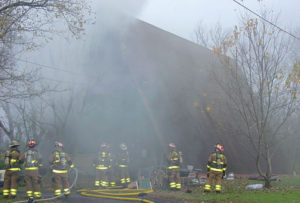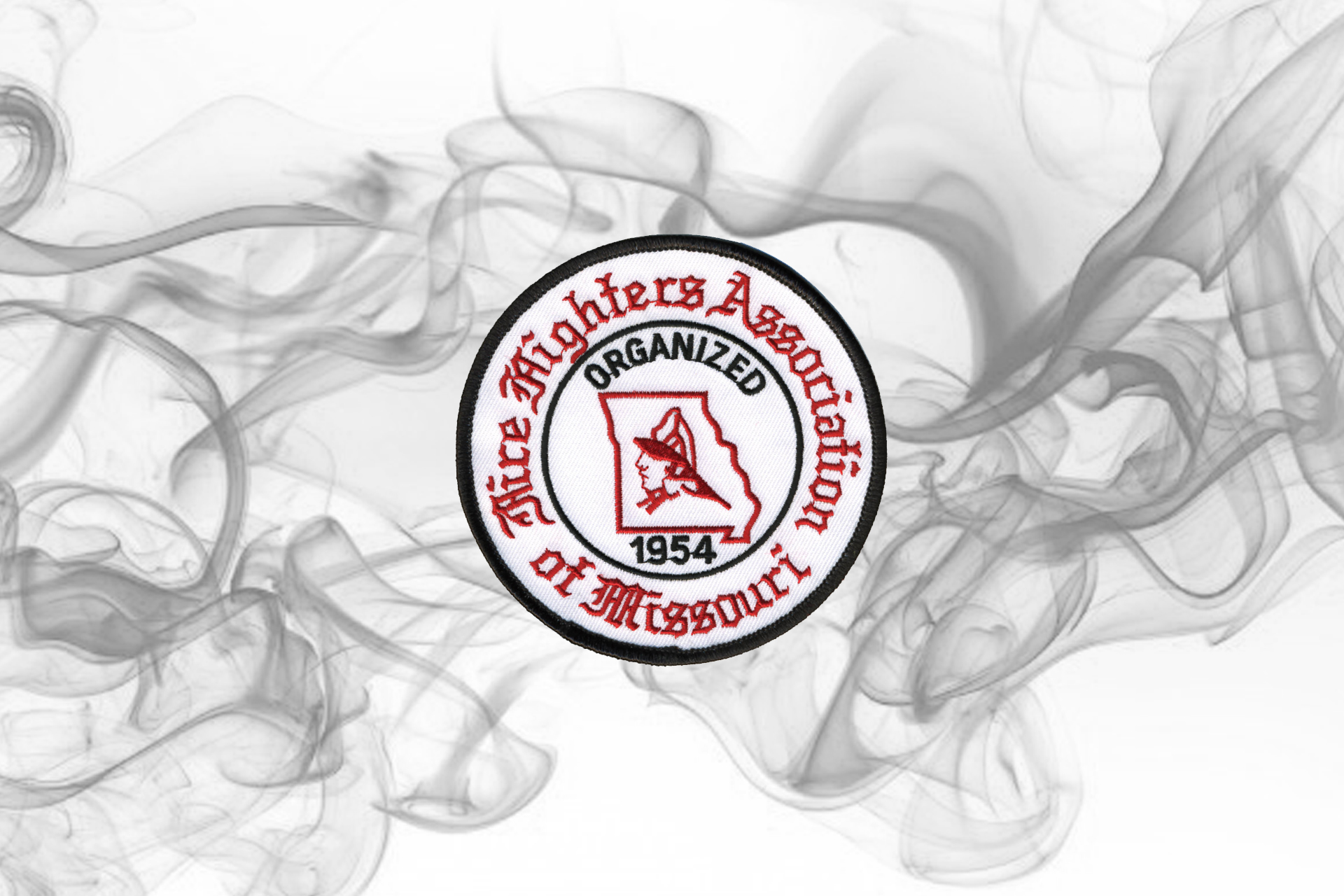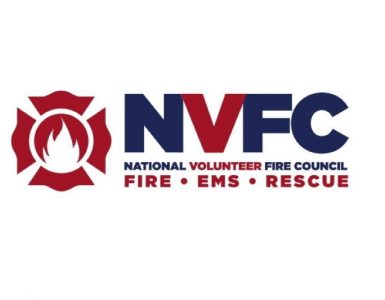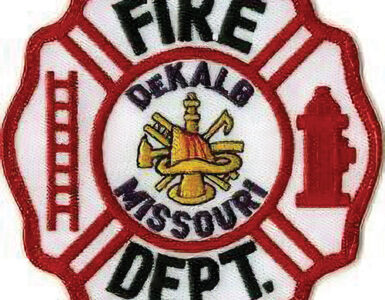 As you pull up to a fire you quickly take a span shot of the structure, if you see smoke and if you see flames. As you evaluate the structure, you can determine if it is a resident, an office, a retail store or factory. Many things are running through your mind as you begin your attack.
As you pull up to a fire you quickly take a span shot of the structure, if you see smoke and if you see flames. As you evaluate the structure, you can determine if it is a resident, an office, a retail store or factory. Many things are running through your mind as you begin your attack.
But how many times have pulled up on a structure and thought about its size? Like really thought about the size of the structure that is on fire.
Have you thought how the size of the structure is relevant to the amount of smoke showing? And more so, have you thought about how the size and amount of smoke showing relate to the potential dangers that await you and your crew. You might be thinking to yourself, yes I think about the size of the structure and I think about the amount of smoke coming from the structure but let’s look at it a little different.
You arrive at a small residential structure fire and there is light smoke showing. You arrive at a large retail store, a so-called “big box” store, and there is light smoke showing. Ask yourself is there a difference? Oh yes, there is a difference.
What do you mean there is a difference you might ask. Well in the small residence, say a 20 by 30 home, light smoke can come from a small fire. In a large store, say 200 by 300, light smoke can mean a big fire inside.
Smoke shows as it escapes the compartment it has been trapped in. A compartment is a space enclosed by walls and ceiling.
Think about it another way. Say you had a small pool, equivalent to the size of a small residence, and a large pool, the size of a “big box” retail store. How much water would we have to fill each with before water started to spill out?
So now apply that to smoke. How much smoke would it take to spill out of a small house? How much fire would it take for smoke to fill a “big box” retail store before it spilled out. There is a big difference isn’t there?
Think about if you pull up to the “big box” store and there is light smoke showing. Then as you enter the building you see that the actual fire is deep inside the store. Maybe even in the back of the store. So how much smoke had to be produced to fill the space to come out the front? A lot of smoke.
That can be a big clue. It should cause you to think about how big the fire is. It should cause you to think about how hot the fire is. It should make you think about how long the fire has been burning.
If that fire has gotten big enough and burnt long enough to fill that large space with smoke you need to think about how much the building has been compromised. You should worry about the effect the fire has had on the roof and the walls. Has there been enough compromise to put the building at risk of collapse? You should be thinking about is it smart to be where you are. You should be thinking about if it is necessary to evacuate the structure. You should be thinking about if you should go to defensive operations. You should be thinking of all of these things.
The amount of smoke you saw when you pulled up, compared with the size of the structure, was probably one of your best first clues. It will allow you to learn many things at a first glance.
Scott Barthelmass
Scott Barthelmass is a 27 year public safety veteran. For the past 20 years, he has served with the Eureka Fire Protection District in suburban St. Louis County, Missouri, holding various positions. He currently serves as the district’s Public Information Officer and Community Service Supervisor. Scott is a well known public safety instructor who has taught for the St. Louis County and Municipal Police Academy, Missouri Safety Center, Missouri Police Chiefs Association, and Missouri Sheriffs Association. He currently instructs for the Missouri State Emergency Management Agency, the Emergency Management Institute and the National Fire Academy. Scott Barthelmass can be reached at 314-565-2480 or via email at sbarthelmass@yahoo.com

































